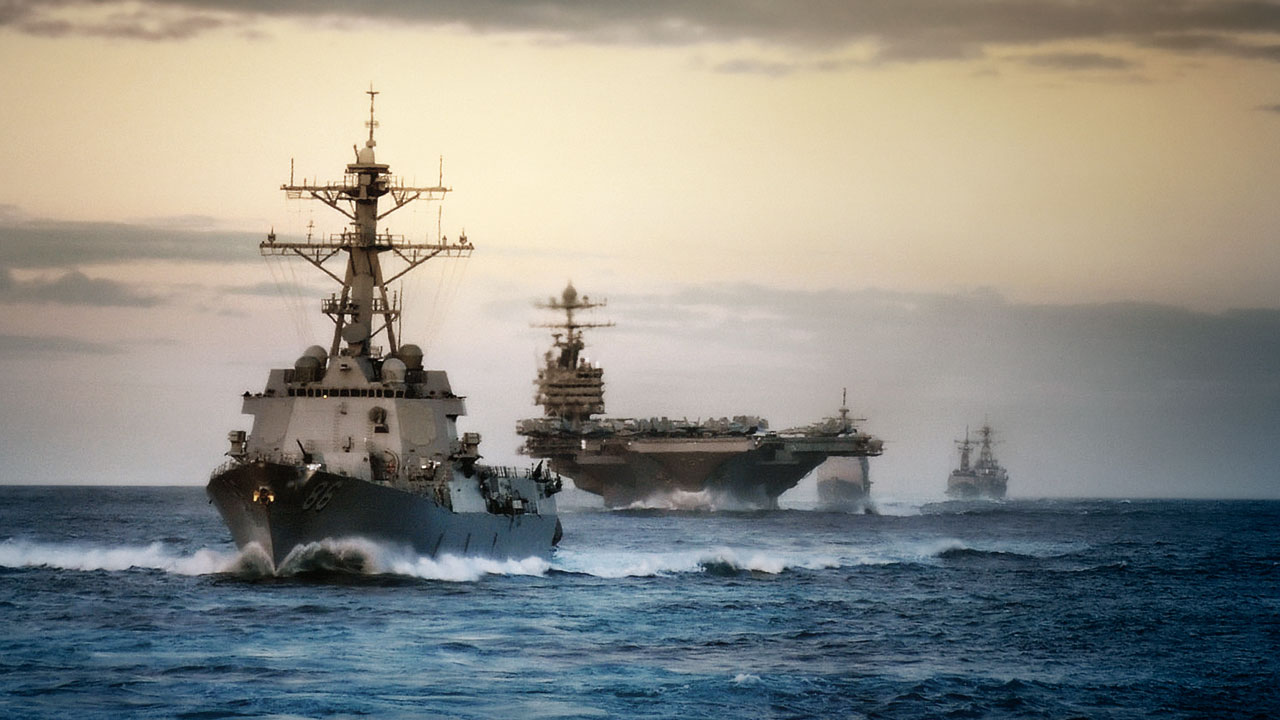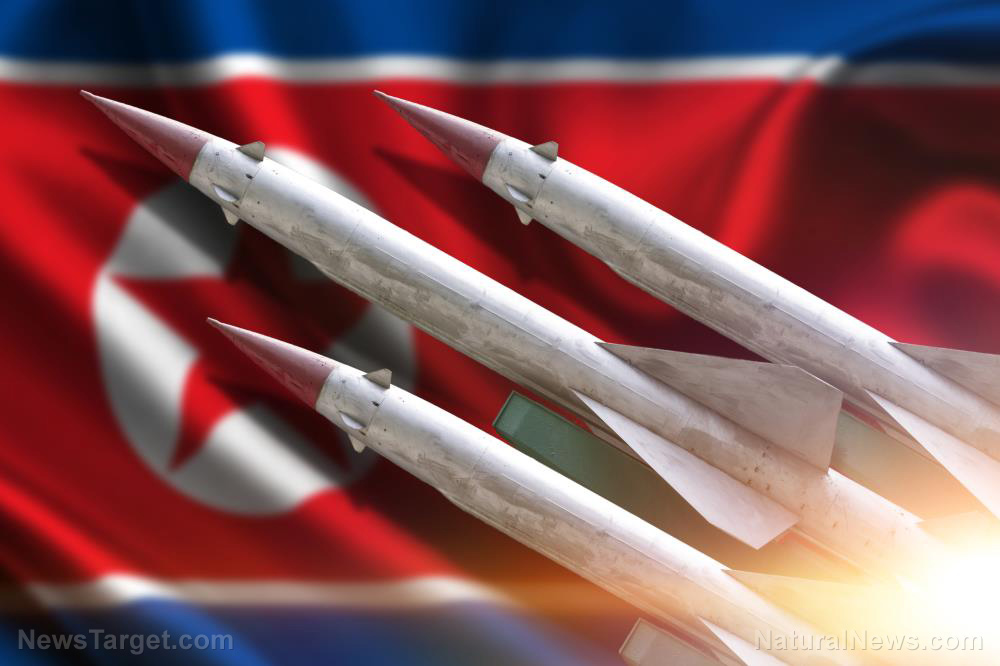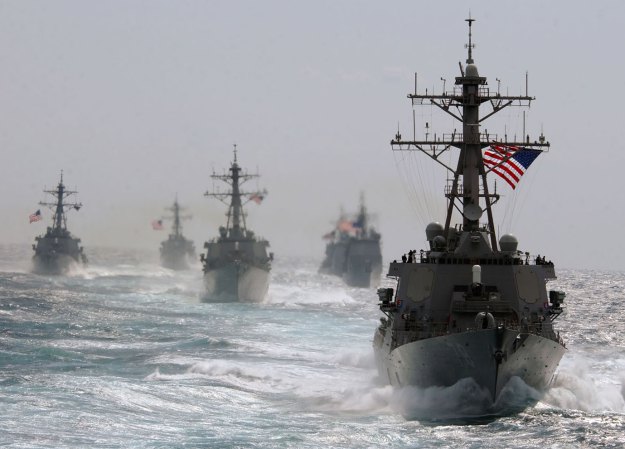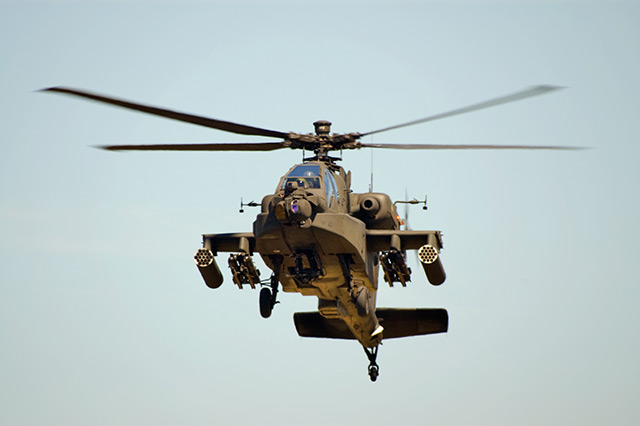Unable to recruit more new troops, undermanned British Royal Navy forced to DECOMMISSION WARSHIPS
01/11/2024 / By Kevin Hughes

The U.K.’s Royal Navy is experiencing such a drastic personnel shortage that it has been forced to decommission two warships ahead of schedule to prevent its ships from being undermanned.
Before the end of the year, two Type 21 frigates will be decommissioned – the HMS Argylle and the HMS Westminster, the latter of which was recently refurbished at great expense to the British taxpayer. The crews will be sent to fill up staffing for the Royal Navy’s new Type 26 frigates.
“We will have to take manpower from one area of the Navy in order to put it into a new area of the force,” said one defense official who spoke with British news outlet The Telegraph, referring to the new Type 26s which are still being built and are expected to enter active duty by 2028 at the earliest. (Related: To stave off a potential Russian invasion, the U.K. would need “10 years warning,” admits top general.)
The British Ministry of Defense has ordered eight Type 26 frigates, which will be the Royal Navy’s most advanced submarine-hunting warships to date and are expected to play a pivotal role in protecting British territorial waters and British interests overseas.
Critics have warned that the early decommissioning of the two warships, in light of the Royal Navy’s shrinking fleet size, raises issues concerning the country’s military readiness. Tobias Ellwood, former chairman of the British House of Commons Defense Select Committee, described the decision as “baffling” given that the British surface fleet – active warships not including submarines – already remains “massively overstretched.”
“During the Gulf War, the Royal Navy boasted 51 frigates and destroyers,” he said. “That number will soon fall to just 16. Yet our world is more dangerous than [at] any time since 1945. The strength of today’s Royal Navy is simply inadequate to handle the ever-complex threat picture that is harming our economy.”
British Armed Forces experiencing recruitment crisis
The announcement of the two warships’ decommission comes as the British Armed Forces continues to experience a significant recruitment crisis.
Between March 2022 and March 2023, Defense Ministry data shows that the Royal Navy, which has 29,000 full-time recruits, performed the worst out of the three branches of the armed forces.
Intake for the Royal Navy and the Royal Marines plummeted by 22.1 percent. This is significantly lower compared to the Royal Air Force and the British Army across the same period, which saw a 16.6 percent and a 14.6. reduction in recruitment, respectively.
To put it in other terms, between July 2022 and July 2023, the total workforce of the Royal Navy shrank by some 4.1 percent. As of October 2023, British government statistics notes that the Royal Navy and Royal Marines combined had a workforce of nearly 38,000 people.
“We are losing operational ships – which is all very well as long as there’s no war in the next few years,” warned former First Sea Lord Alan West. “With the number we’ve got, if we get involved in any action we are really poorly placed.”
“If the government had taken seriously the issue of frigate numbers over the last 10 years, there would be sufficient [numbers] to meet the requirements of trade protection in the Red Sea,” he added, referring to the ongoing American-led operation in the Red Sea, tasked with protecting merchant shipping vessels from Houthi drone and missile strikes and boarding actions, which the U.K. has committed to participate in.
Watch this video from “Borzzikman” as he discusses how the Royal Navy is terrified of the Russian Navy.
This video is from the channel The Prisoner on Brighteon.com.
More related articles:
UK aircraft carrier breaks down one day into 4-month mission to U.S.
UK national security compromised by munitions shortage after sending aid to Ukraine.
British general: Royal Marines took part in “high-risk” Ukraine missions.
Russia: British Navy played a major role in sabotage of Nord Stream pipelines.
Sources include:
Submit a correction >>
Tagged Under:
armed forces, big government, British Armed Forces, Collapse, dangerous, decommissioning, insanity, military, military recruitment, military tech, national security, Royal Navy, United Kingdom, weapons technology
This article may contain statements that reflect the opinion of the author
RECENT NEWS & ARTICLES
COPYRIGHT © 2017 WEAPONSTECHNOLOGY.NEWS


















